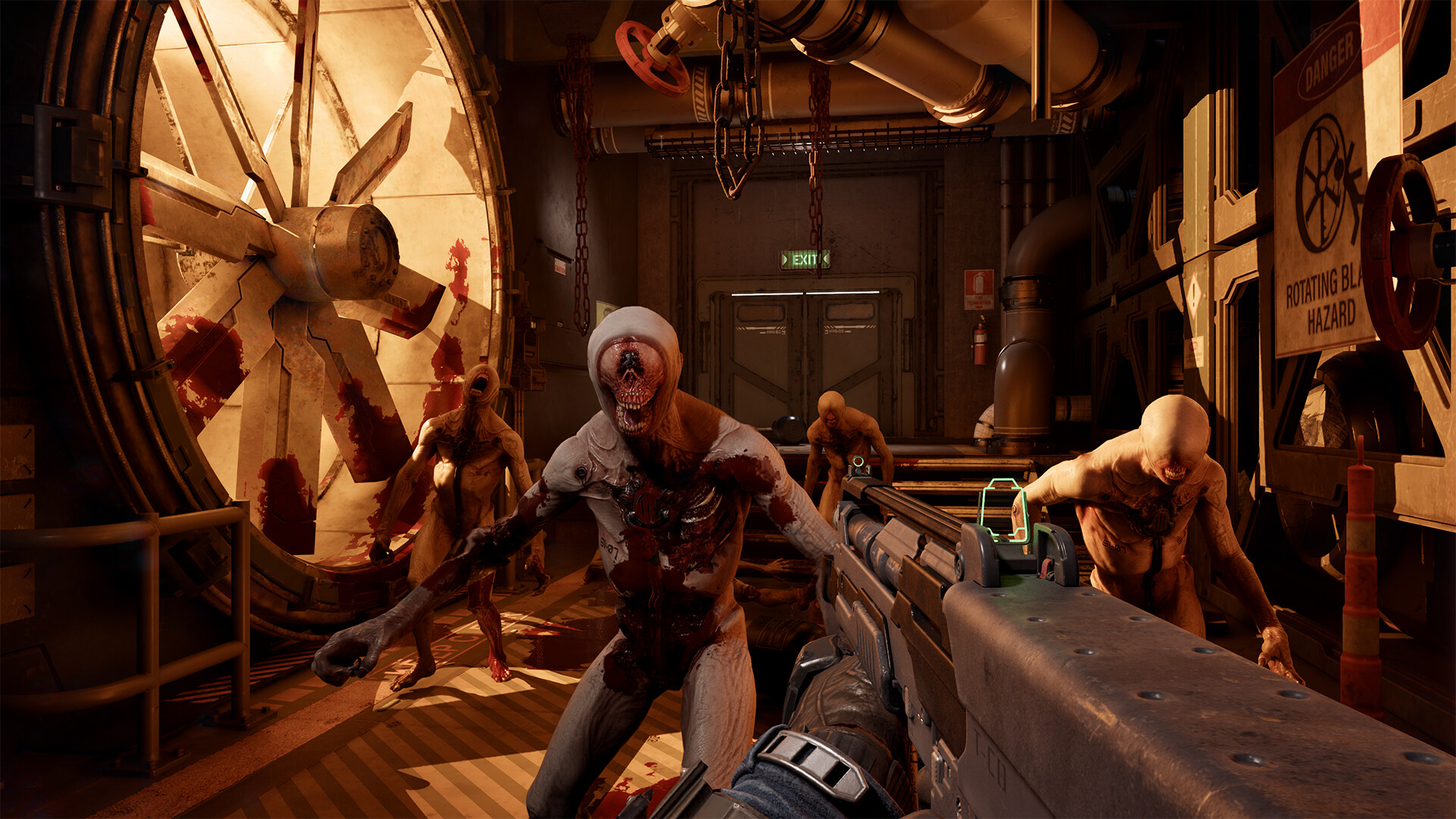
Killing Floor 2 is still a great example of how to create a compelling, cooperative-focused online shooter with plenty of depth, commanding a player base that is fiercely passionate about it. With nearly a decade on the clock since the release of Killing Floor 2 and with the release of its sequel, Killing Floor 3, creeping upon us soon, here are all the exciting new features and updates that Killing Floor 3 introduces, compared to its highly popular predecessor.
A Shift To Unreal Engine 5
From a continuity standpoint, it makes sense that developer Tripwire Interactive would want to stay on Team Epic and switch to Unreal Engine 5 for Killing Floor 3 because Killing Floor 2 used the now-quite outdated Unreal Engine 3 when it was released in 2016. This is exactly what they have done. By moving to the latest iteration of Epic’s Unreal Engine, Killing Floor 3 boasts a massive uptick in terms of texture, lighting and shadow detail far above and beyond what was seen in its predecessor. More than that, by using Unreal Engine 5 Killing Floor 3 also boasts the most grotesquely detailed and terrifyingly animated ‘Zeds’ the series has ever seen.
Updated M.E.A.T System Ramps Up The Gore
Gorehounds can rejoice – in providing players with the most detailed Zeds they have ever seen, Tripwire Interactive has also made sure that they can be destroyed in all manner of increasingly splattery and crunchily satisfying ways as well. Killing Floor 3 looks set to take the series’ violence and gore to a whole new level by once again utilizing the M.E.A.T. (Meat Evisceration And Trauma) gore system. The latest iteration not only provides many more points of dismemberment, but it also provides persistent pools of liquid claret, essentially making every map appear to be an abattoir convention. Finally, full crossplay between PC and console With Killing Floor 2 only supporting crossplay between PC users who owned the game on Steam and the Epic Games Store respectively, the door is arguably open for developer Tripwire Interactive to do more on this front than they have before. And wouldn’t you know it – the Roswell-based studio has done just that by instituting full crossplay between PC, PlayStation 5 and Xbox Series X/S players and thus allowing Killing Floor 3 players across all systems to get in on the Zed murdering festivities. Huzzah!
More Agility, Less Zeds, Double The Threat
For veterans of Killing Floor 2, one of the biggest changes that the series threequel brings to the table will be keenly felt early on. Chiefly, Killing Floor 3 empowers players to be much more agile than ever before with all manner of dodging, sliding and climbing manoeuvres now available to be used during combat, all the while slowing down the gunplay somewhat when compared to its predecessor. In addition, despite the fact that the number of Zeds in each game has decreased in comparison to Killing Floor 2, they are now significantly more deadly as a result of their improved agility, skills, and AI. Having said that…
Upgraded AI Makes The Zed Hordes A Real Problem
You would be correct, for the most part, to assume that the monstrous, zombie-like Zed hordes in the previous Killing Floor games had all the intelligence of George Romero’s dim, shambling corpses rather than the smarter undead beasties that have followed in the decades since. With Killing Floor 3 everything changes in this regard since the numerous different types of Zed enemies now not only employ coordinated strategies to take out players but can also make ample use of the environment, including stalking unsuspecting folks through vertical crawl spaces, vents and much more. Additionally, they are typically faster and more deadly than their Killing Floor 2 counterparts by default. So, yeah, folks, thanks for that. An Evolution into a Real Horror Shooter About Survival Though Killing Floor 2 overwhelms the senses with a veritable army of Zeds to dispatch on screen at any single time, it’s clear that the game struggles to maintain any kind of oppressive or scary atmosphere. Put simply, the now-aged visual design and adrenaline-focused gameplay of Killing Floor 2 didn’t allow for it. With Killing Floor 3 though, we see a massive swing towards survival horror, boasting a real emphasis on moody lighting, detailed shadow rendering, positional 3D audio design and fewer but exponentially more deadly enemies. All of this adds up to provide Tripwire Interactive’s threequel with the sort of taut and terrifying atmosphere that would more readily be associated with survival horror efforts like Dead Space and Resident Evil as a result. Bring. It. On.
Player Customization Is Facilitated by a New Mod System Killing Floor 3 introduces procedurally generated blueprints, a significant improvement over the modification system from the previous game. These blueprints can be obtained by curious players who visit the trader stations on each map, increasing replayability. In addition to the existing weaponry, Killing Floor 3’s revamped mod system provides a wide range of accessories, including additional magazines, scopes, stocks, and other items, allowing players to customize their instruments of destruction to suit their preferred playstyle. Say goodbye to benefits and welcome specialists. The incorporation of the previous perk mechanic into the brand-new Specialist system is one of the main ways that Killing Floor 3 differentiates itself from Killing Floor 2. Similar to the operators seen in other titles such as Rainbow Six Siege and Battlefield 2042, each Specialist in Killing Floor 3 essentially embodies the perks seen in the previous game (the Specialist known as Devlin for example, is functionally representative of the Firebug perk from Killing Floor 2). In addition to that, each Specialist also brings a 30-level deep progression system to the table that offers a broader latitude of player customisation than what was available previously in the series. Oh, and Killing Floor 3 also allows multiple players on the same team to use the same Specialist – awesome!




